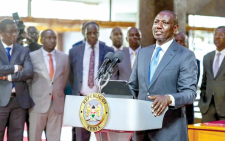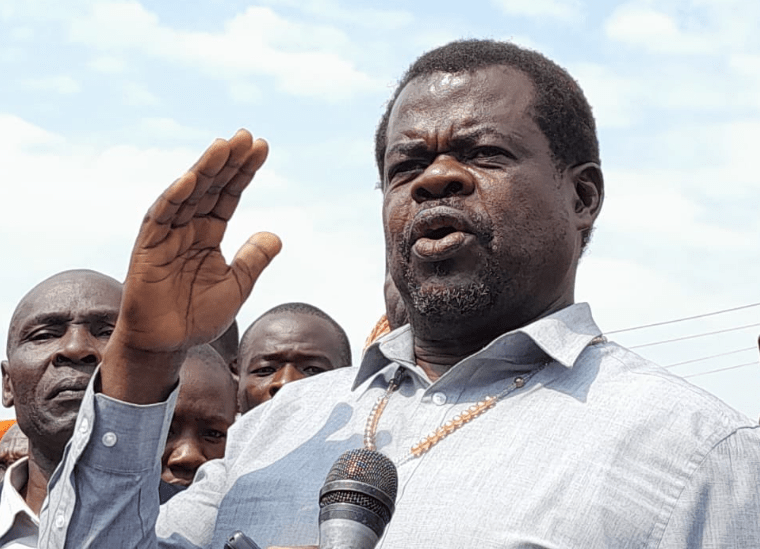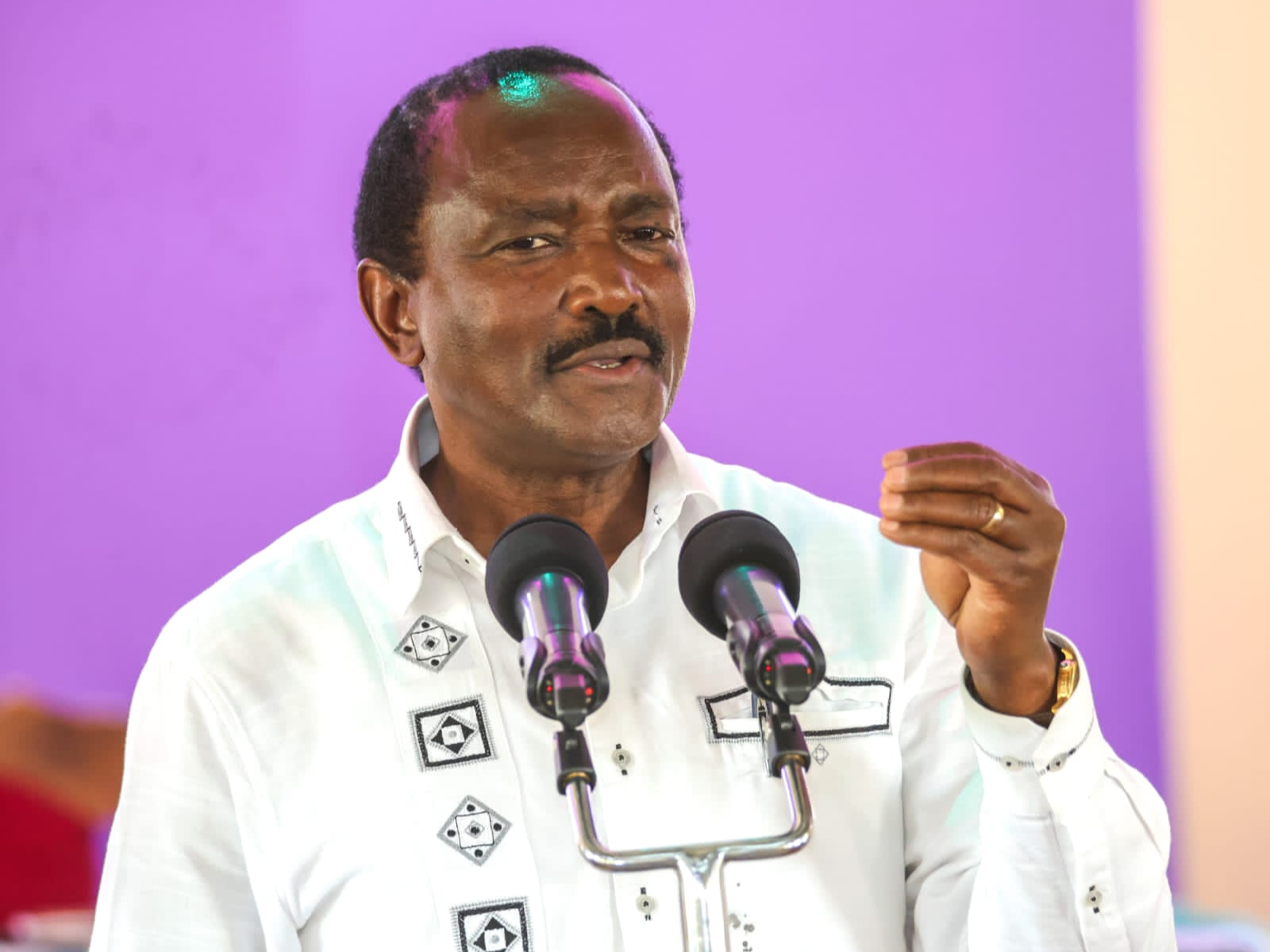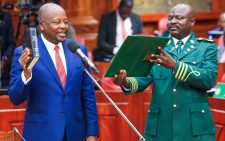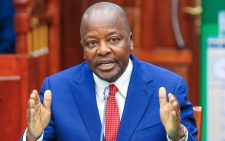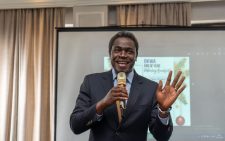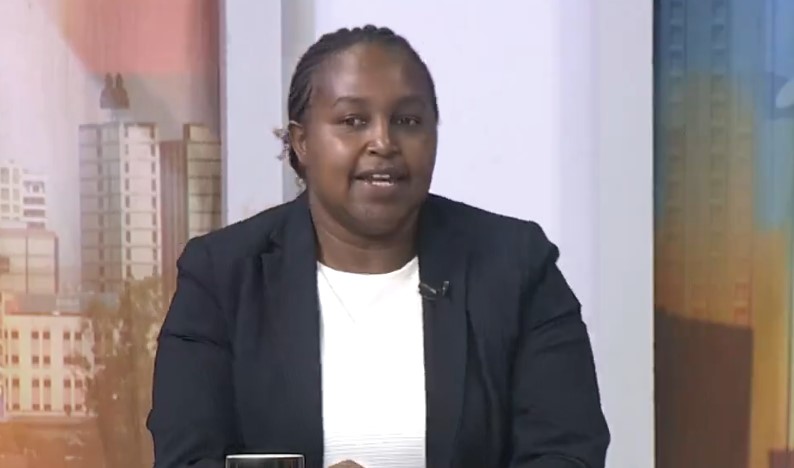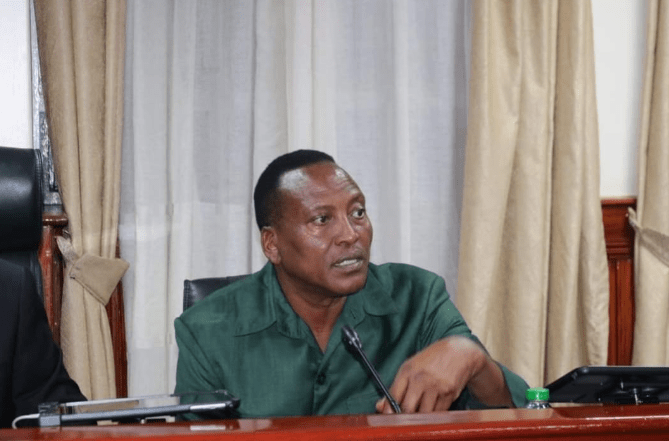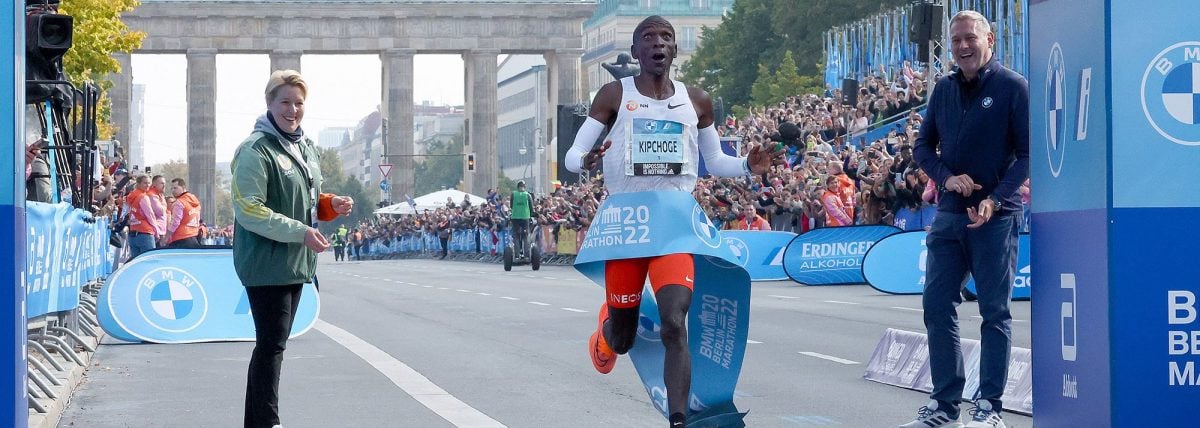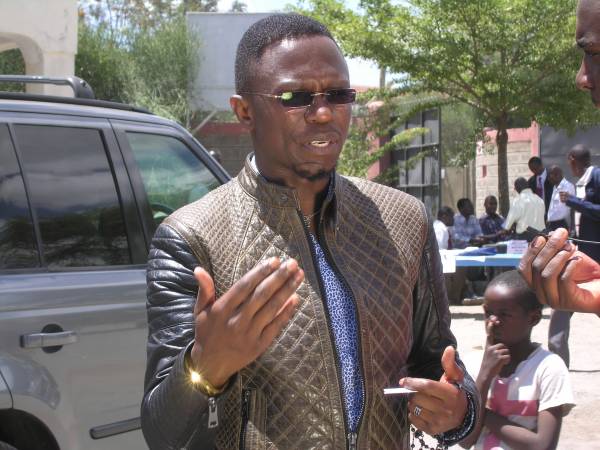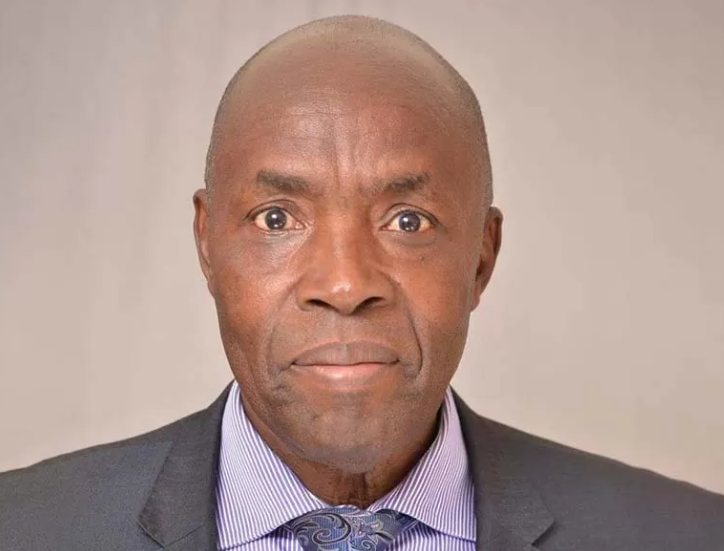Election rigging claims are false, IEBC tells court
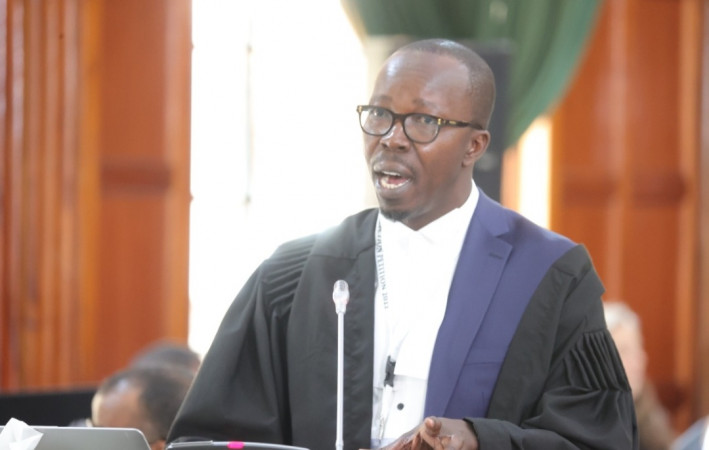
The Independent Electoral and Boundaries Commission (IEBC) yesterday defended the election of William Ruto in the August 9 presidential election and dismissed rigging claims saying the election was free, fair and verifiable.
The agency’s five-member legal team led by Githu Muigai asked the Supreme Court to dismiss the petitions by Azimio-One Kenya candidate Raila Odinga and others and uphold Ruto’s victory.
Refuting allegations by the petitioners that Ruto was rigged in through forgery of election results forms, IEBC said the technology deployed in the 2022 elections was foolproof and that the election systems could not be hacked. It also denied claims that Ruto did not meet the 50 per cent plus one vote required to be declared the winner.
“As to whether President-elect Ruto attained 50 per cent plus one of the votes cast, the court made its determination in 2013 and 2017,” said the IEBC lawyer.
The former AG also said if the election was flawed as claimed by the petitioners, then the election of other positions should all be nullified.
“As we sit here, there are no less than three governors, four senators and MPs who were elected under IEBC. I plead with the court to ask them “are they happy with their own election” if so, how then is it that this election is irredeemably flawed?” he posed.
Muigai told the seven Supreme Court judges led by Chief Justice Martha Koome that Raila’s legal team focused on generalities without tabling proof of electoral fraud by the commission and its chairperson.
On the alteration of forms, lawyer Eric Gumbo said according to the Commission’s IT experts, the forms could not be altered since they had security features such as a watermark and digital signatures.
“No one can upload form 34A, not even the chairman of the commission Wafula Chebukati. They are only transmitted from KIEMS kits by the presiding officers(PO) from the polling stations and that’s the end of the story,” said the lawyer.
Gumbo further denied the allegation by the petitioners that the three foreigners contracted by Smartmatic International, the firm contracted by IEBC to supply the Kenya Integrated Elections Management System (Kiems) kits, interfered with the elections as alleged in the petition filed by Raila and his running mate Martha Karua.
The lawyer clarified that the three were tasked with maintaining the technology and ensuring it worked effectively on election day.
“The contract between IEBC and Smartmatic was for the supply and maintenance of the infrastructure that they had. It then meant that they had to bring their personnel to manage or monitor the smooth running of that system,” he said.
“Before the election, these people were all logged out and on the date of the election, none of these people was in the system,” Gumbo argued.
ICT logs
The IEBC lawyer also told the Supreme Court that the evidence provided by the petitioners only indicated the foreigners had access to the server and did not prove that they were engaged in any electoral fraud.
He stated that former governance PS John Githongo forged evidence and hacking logs in his affidavit.
Gumbo sought a finding of criminal culpability of some of the petitioners’ witnesses who filed “fake” ICT logs in an attempt to convince the court that there was rigging.
Lawyer Madat Somane told the court that Azimio forged evidence they submitted to the court in the presidential election petition.
He also asked the Supreme Court to reject the Forms 34A tabled by Raila’s legal team as authentic, saying they were manipulated.
Someone told the court that the alleged forgery by the petitioner was evident in the case of the form purported to be from Ndaina Polling station in Tiaty, Baringo County.
“In the Arnold Ochieng affidavit, they claimed that in Ndaina polling station, their agent provided them with a form which was different from what is in the portal,” he said.
The issue of the process of altering the forms as well as their formats was among the clarifications sought by the Supreme Court judges following the submissions by the petitioners’ litigation team on Tuesday evening.
“The original form 34A leaves the polling station to the tallying centre by road, its image goes to the same destination virtually. Somewhere it is compromised which means you would find different content. To determine this, you would need the physical form. Is it possible that the capturing that happened mid-air also somehow magically changes the content of the one that was left by the road?” Justice Smokin Wanjala asked.
Chebukati’s defence team also moved to counter the grounds raised by the petitioners that the IEBC did not announce the results of 27 constituencies before making the final declaration.
In his arguments, Kamau Karori said the results in these constituencies were tallied and verified and incorporated in the final tally used in declaring the winner. He said the constitution does not categorically imply that the results in each of the 290 constituencies have to be announced.
